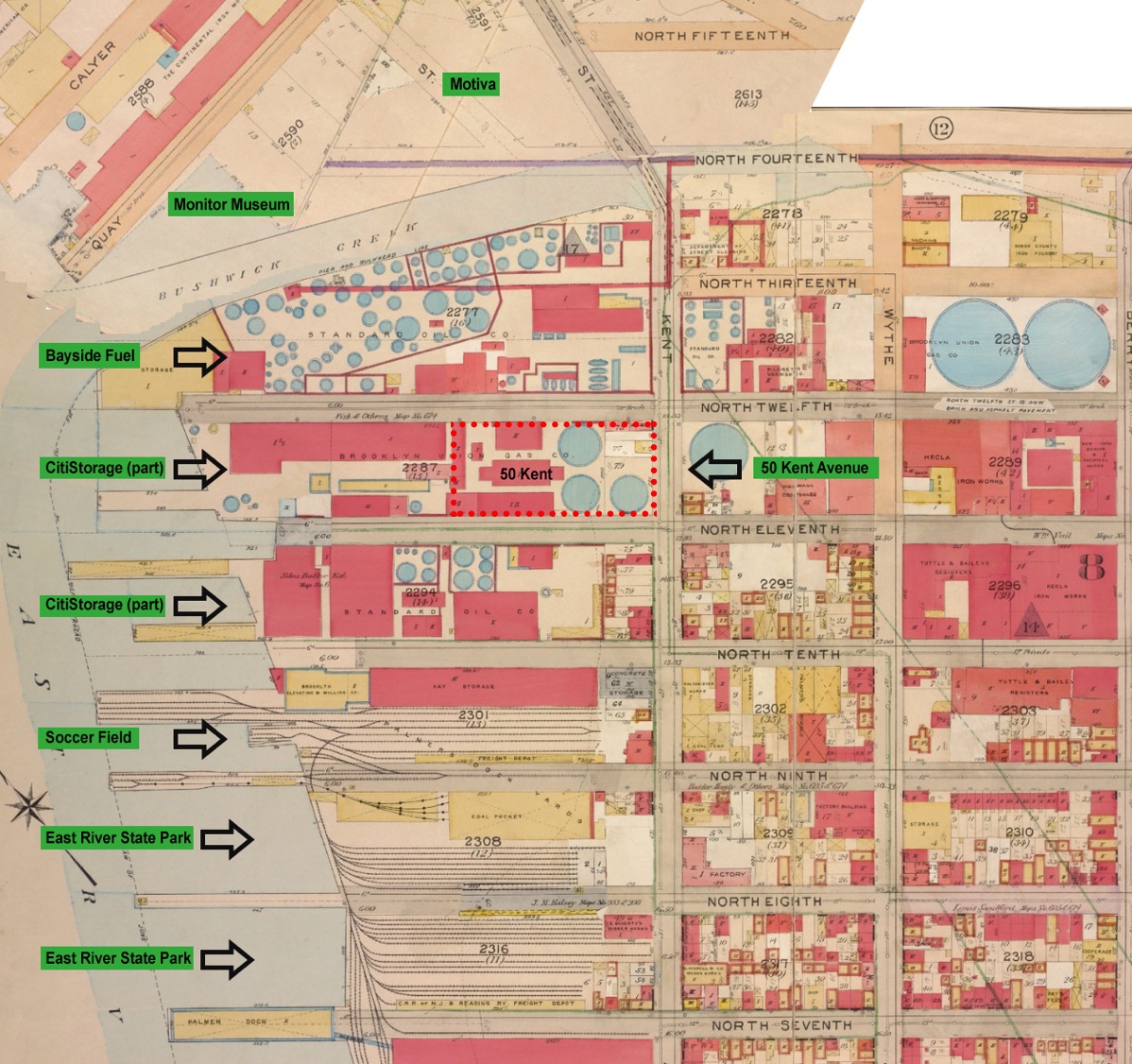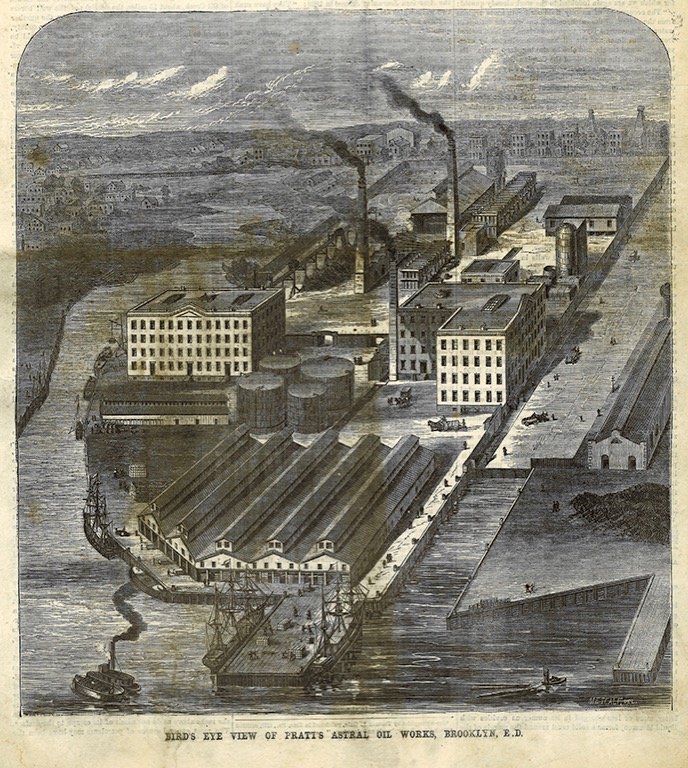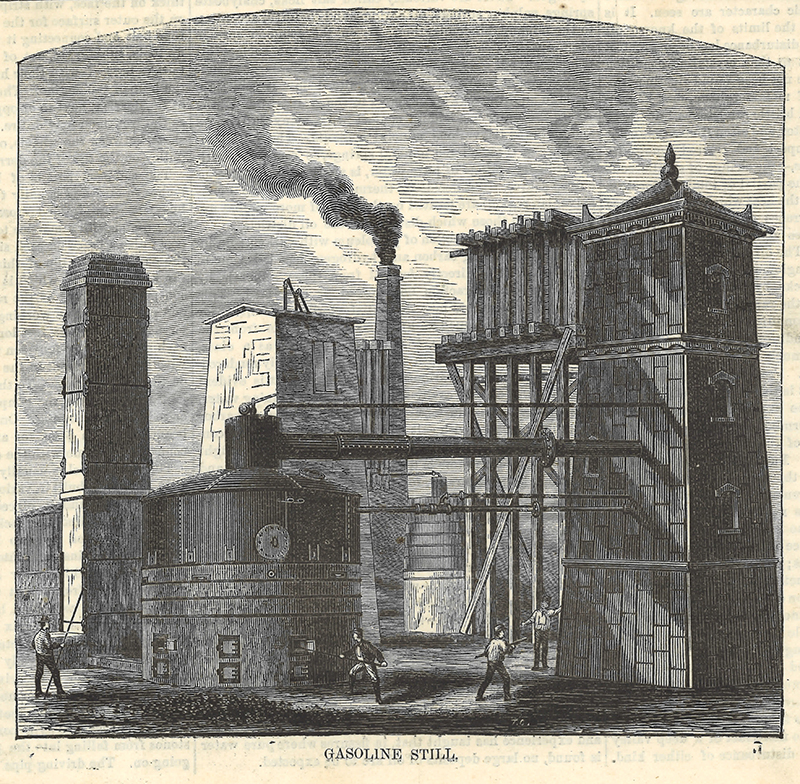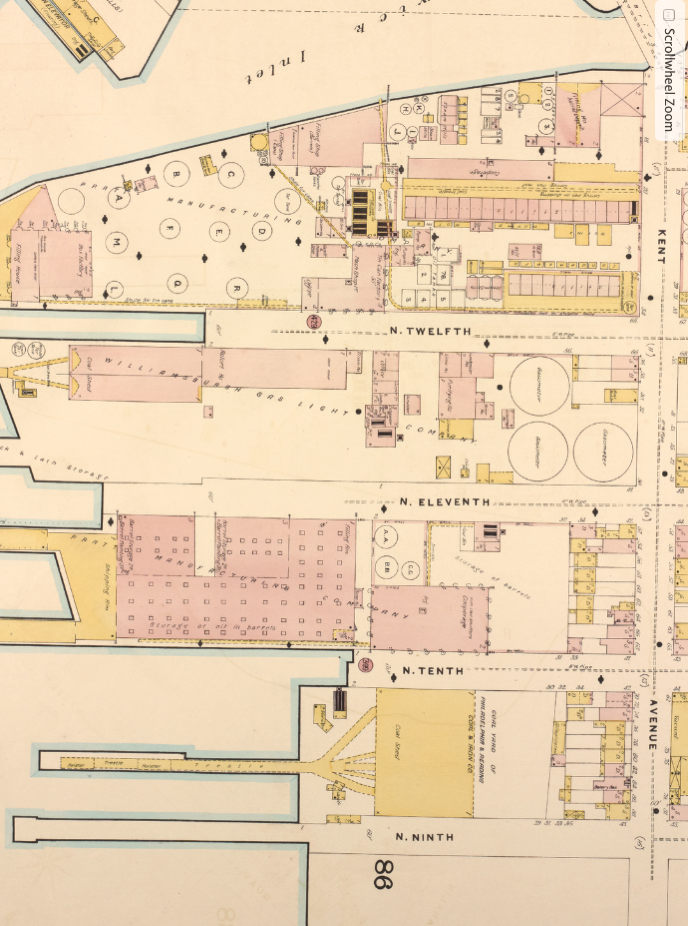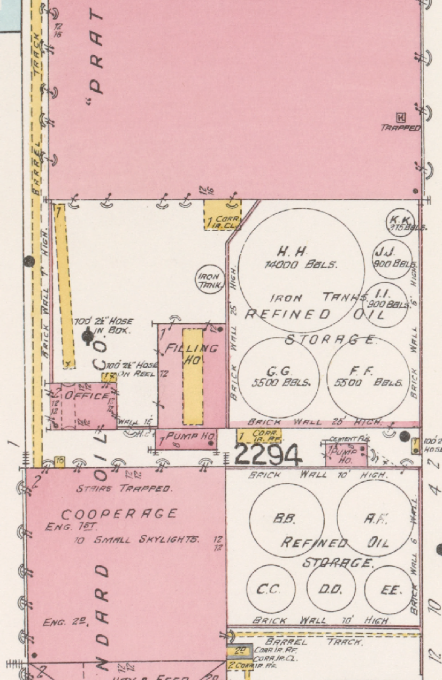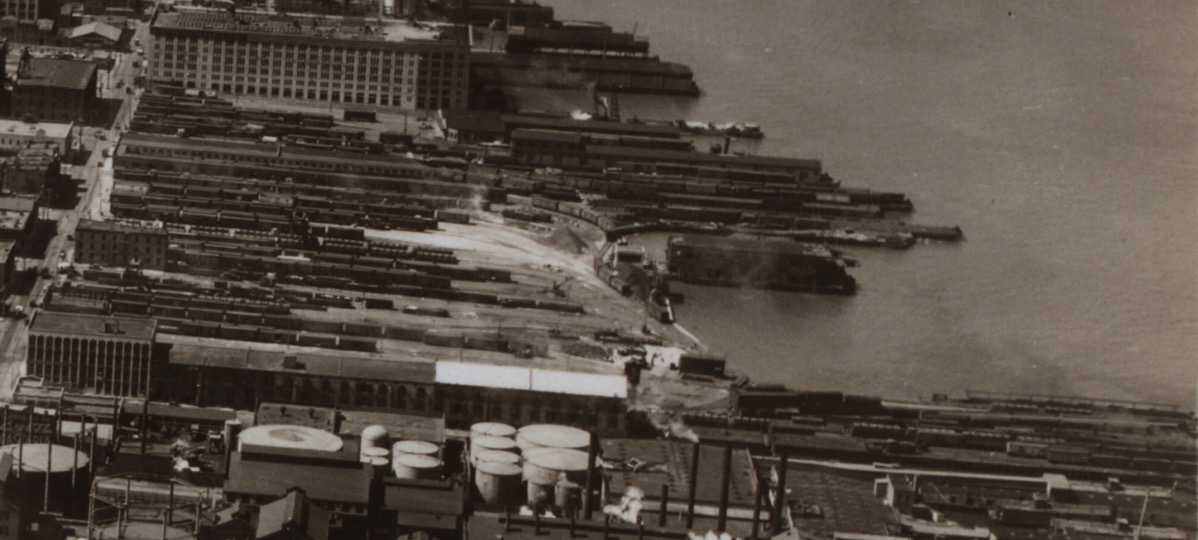In more alternative transportation news (also sure to give car owners agita), the city is out with a study on potential routes for the BQX streetcar. One of the more interesting things here is how the trollies will get across Newtown Creek. One option is a new bridge from Manhattan Avenue to Vernon Boulevard, recreating the bridge that existed there for decades. Streetcar or no, this is a good idea. Not sure I get the north/south passage through Williamsburg, though – if the goal is to serve “transit deserts” and make connections to ferries and the waterfront, why are we looking at Berry? And Wythe Avenue is only “medium traffic volume”? Place is a parking lot from afternoons well into the night, and most weekends.
But the biggest thing I’m not seeing here is a comprehensive transportation plan. So far, they are looking at how to fit the BQX in, but how does it all go together?

